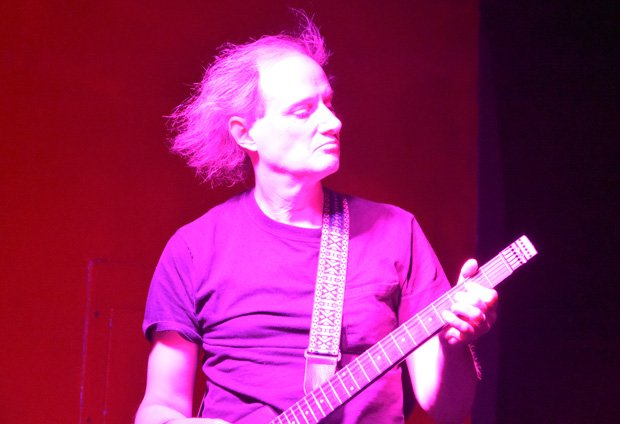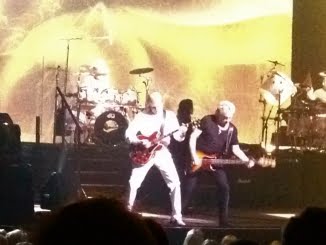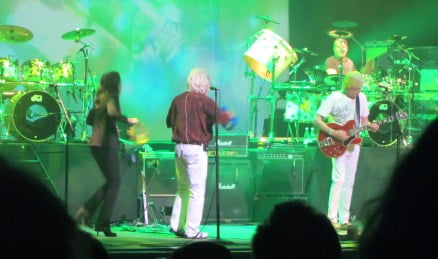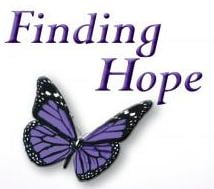Making Music is Creative
Making music is a creative process. At every level. There is not only composing and playing, but there is the instruments themselves and also how we record and play back music. Technology and creativity abound at every level.
I’m a musician. That is how I ended up in Electronics Engineering. I even wrote a blog piece about how Music Electronics was where my passion for creating new electronics devices all began.
Miller Puckette
I learned something new this week about music creation. I use Ableton Live as my sequencer and it incorporates a product from Cycling 74 called Max. Max was created by Miller Puckette quite a while ago. So I see another soul keen to push the boundaries of what is possible and was fascinated to read his history. Everything from Teaching Music at UCSD to creating music software like Max in 1988, its successor starting around 1996 which is Pure Data, or Pd as it is usually abbreviated, and which was set up to be an open source project so others could contribute and it wasn’t locked down by commercial constraints like Max is.
I was also pleased to hear that Miller Puckette continues to perform music. This is something I also enjoy.
The only way to understand what is possible with tools like Pd is to see it in action. Enjoy.
Did you notice that the player on the left is moving his hands on a cloth covered platform. This is being tracked by a camera and the hand movements are used to trigger notes and other controllers and effects. You can reach him at Jaime E Oliver and the cellist accompanying him is Michael Nicholas.
PdCon
And if you found that interesting, then check out the concert video from PdCon16~ . That’s right, Pd had its own conference.
The first video has Miller Puckette as a contributor.
And the last one also has Miller Puckette as part of a duo. This is all very avant-garde yet the degree of expression possible is amazing.
Successful Endeavours specialise in Electronics Design and Embedded Software Development, focusing on products that are intended to be Made In Australia. Ray Keefe has developed market leading electronics products in Australia for more than 30 years. This post is Copyright © 2017 Successful Endeavours Pty Ltd.







